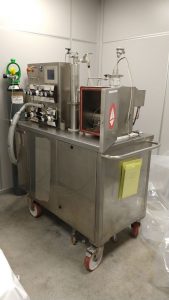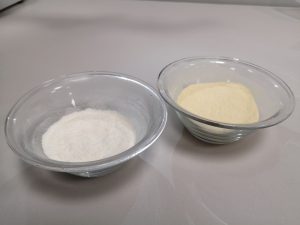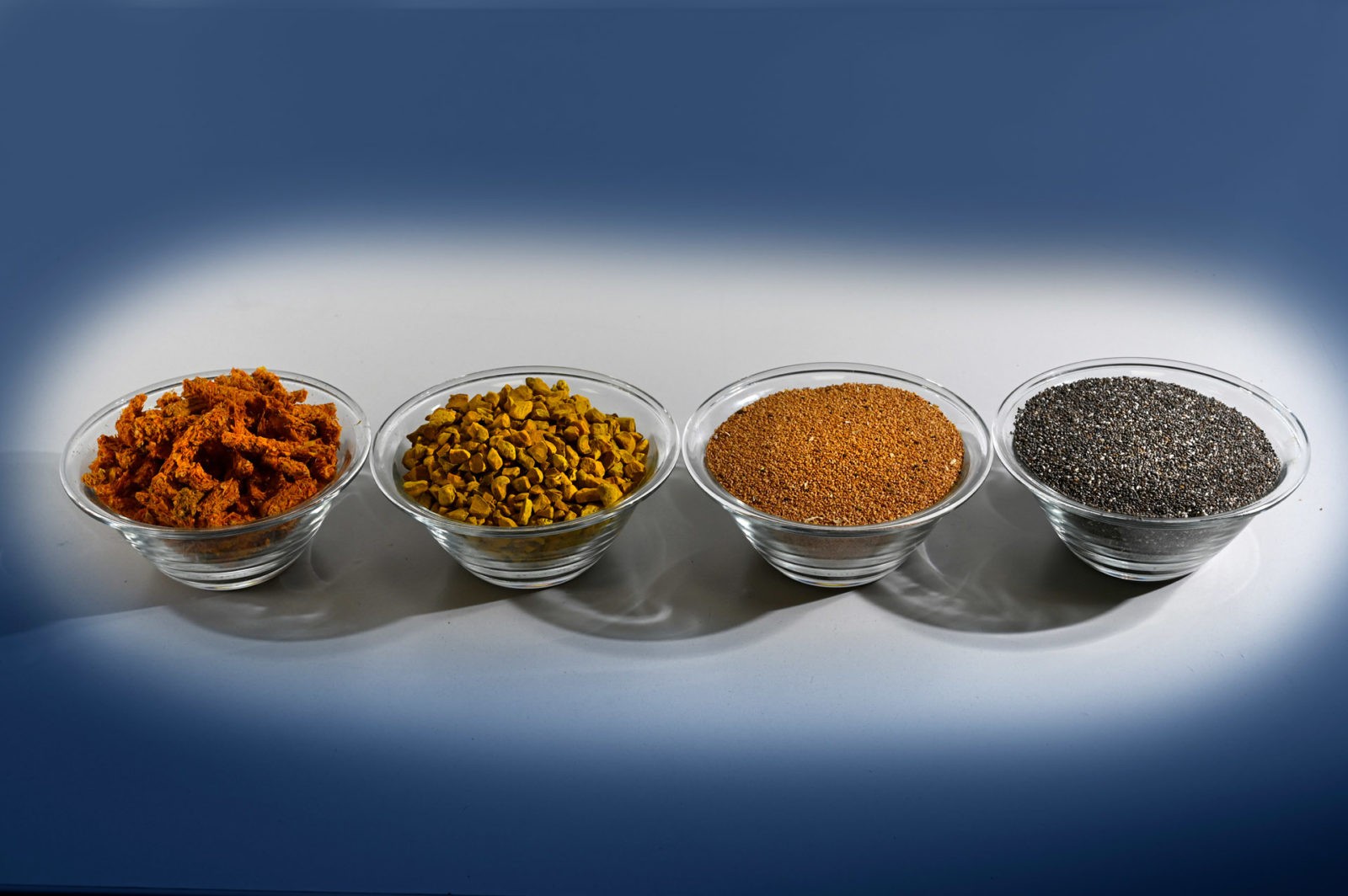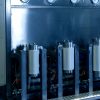

In this type of micronization (NEA: Near-critical Expansion Atomization), subcritical CO2 is used to obtain instant atomization and crystallization of the product. We usually use lipid extracts obtained with supercritical CO2, which are kept in the liquid phase inside a temperature-controlled supply tank.
Subsequently, the extract is conducted, at the desired pressure, to the whole of the “atomization tower”, the place where the crucial part of the process takes place. Here the pressurized compound is sprayed inside a container using a nebulizer. In this way there is the formation of microscopic lipid droplets that immediately come into contact with subcritical CO2, which is released inside the tank at atmospheric pressure. This involves a considerable expansion of its volume in infinitesimal times and, due to the Joule-Thomson effect, CO2 immediately cools the chamber to temperatures below 0 °C. The immediate cooling and the use of lipid excipients (mixed with the liquid extract as a preparation step), guarantees the formation of a fine crystallized particulate, stable at ambient temperatures, with dimensions range from 100 µm up to 10 µm.
 The product obtained has different colors, based on the starting extract, it has no smell and has a grain size similar to a flour size. It can be immediately inserted as it is in pharmaceutical formulations or directly packaged in a modified atmosphere, using carbon dioxide derived from the process. The fine grain size and thermostable characteristics of the product allow to increase the economic value of the extracts, further increasing the various applications of our products.
The product obtained has different colors, based on the starting extract, it has no smell and has a grain size similar to a flour size. It can be immediately inserted as it is in pharmaceutical formulations or directly packaged in a modified atmosphere, using carbon dioxide derived from the process. The fine grain size and thermostable characteristics of the product allow to increase the economic value of the extracts, further increasing the various applications of our products.



